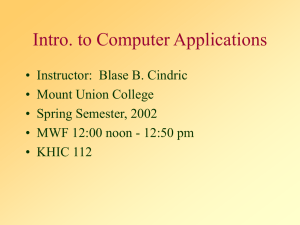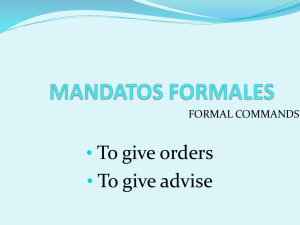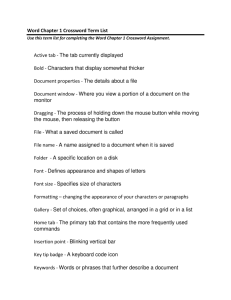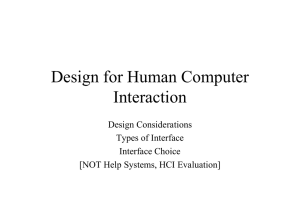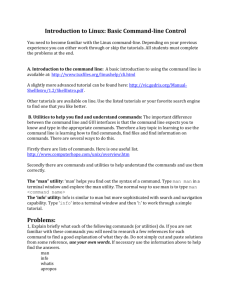customer service4.
advertisement
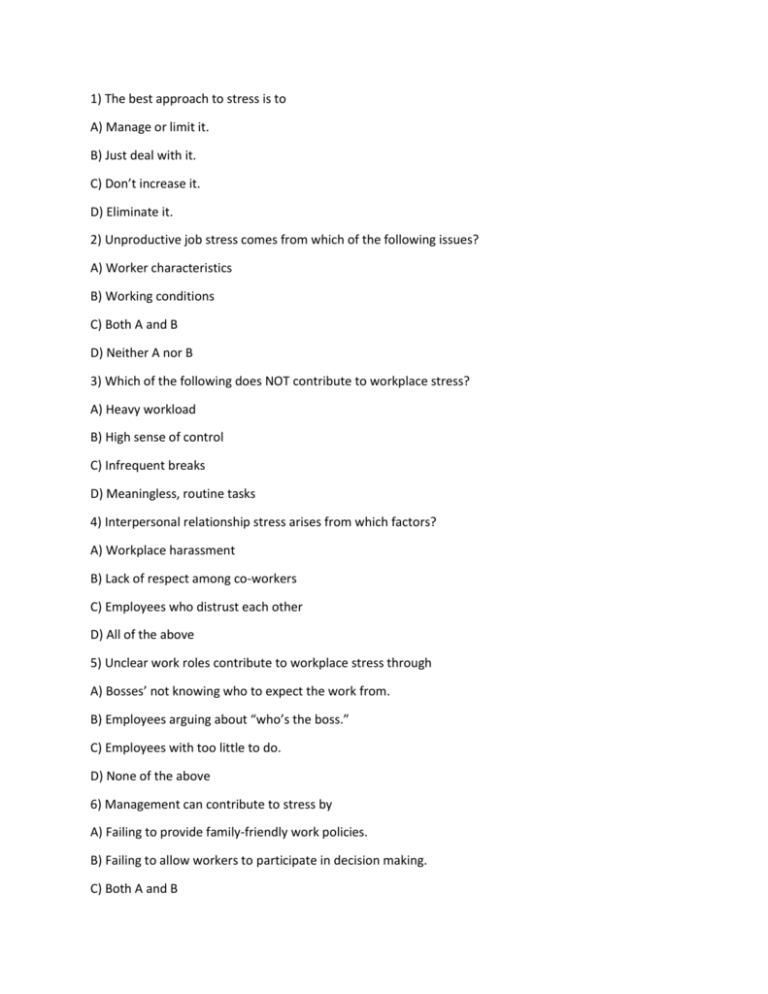
1) The best approach to stress is to A) Manage or limit it. B) Just deal with it. C) Don’t increase it. D) Eliminate it. 2) Unproductive job stress comes from which of the following issues? A) Worker characteristics B) Working conditions C) Both A and B D) Neither A nor B 3) Which of the following does NOT contribute to workplace stress? A) Heavy workload B) High sense of control C) Infrequent breaks D) Meaningless, routine tasks 4) Interpersonal relationship stress arises from which factors? A) Workplace harassment B) Lack of respect among co-workers C) Employees who distrust each other D) All of the above 5) Unclear work roles contribute to workplace stress through A) Bosses’ not knowing who to expect the work from. B) Employees arguing about “who’s the boss.” C) Employees with too little to do. D) None of the above 6) Management can contribute to stress by A) Failing to provide family-friendly work policies. B) Failing to allow workers to participate in decision making. C) Both A and B D) Neither A nor B Unit 4 Examination 153 MKT 121 - Customer Service 7) When promotions occur, which employees are most likely to advance? A) The boss’s favorite B) The highest paid C) The most productive D) The highest seniority 8) To target the most important tasks, you need to A) Choose which requires the greatest time commitment. B) Ask management to prioritize the tasks. C) Clarify your own core values. D) Choose which will generate the most prestige. 9) A good strategy for remembering your goals is to A) Put them in your PDA so you will see them daily at a certain time. B) Commit them to memory. C) Re-read them frequently. D) Write them on the wall facing your desk. 10) To prepare for the coming day A) Set your objectives. B) Spend ten minutes planning. C) Re-read your value statements to focus your activities. D) All of the above 11) People procrastinate for which reasons A) Fear of either success or failure. B) Other priorities. C) Laziness. D) All of the above 12) Tacit knowledge is A) Knowledge that comes from unremembered experiences. B) Knowledge that we have inside that we can’t really share. C) Knowledge we assume people have. D) None of the above Unit 4 Examination 154 MKT 121 - Customer Service 13) The first thing that managers should do is A) Establish a pecking order. B) Clear the communication channels. C) Articulate vision. D) Create camaraderie. 14) Which of the following actions does a manager NOT need to take to organize the work sequence? A) Give employees authority to fulfill their responsibilities. B) Assign specific tasks. C) Work to reduce potential problems. D) Gain commitment to achieve the company’s goals. 15) The best way to get a good employee is to A) Set clear parameters so employees know what is expected of them. B) Have motivation sessions for all employees. C) Hire the right person in the first place. D) Train new employees in empathy. 16) Which of the following items does NOT shape a company’s culture? A) Compensation package B) Sense of vision C) Value systems D) Rituals 17) Nordstrom is famous for A) Always taking back unsatisfactory merchandise. B) Designer clothes. C) Great chocolate chip cookies. D) All of the above 18) To strengthen corporate culture managers can A) Have an undeviating focus on customer service. B) Have an undeviating focus on corporate vision. C) Both A and B D) Neither A nor B Unit 4 Examination 155 MKT 121 - Customer Service 19) When employees are empowered A) Employees feel they win. B) Customers benefit. C) The company really wins. D) All of the above 20) Interactivity between businesses and customer A) Can generate greater market share. B) Can be seen as intrusive. C) Both A and B D) Neither A nor B 21) Market share means A) The portion of the market that a business commands. B) The portion of spending within an industry that a business commands. C) The portion of a customer’s spending that a business commands. D) None of the above 22) Customer share means A) The portion of a customer’s spending that a business commands. B) The portion of the market that a business commands. C) The portion of spending within an industry that a business commands. D) None of the above 23) The fastest growing population in the U.S. today is A) Canadian. B) European. C) Asian. D) Hispanic. 24) Females are estimated to account for what percentage of buying decisions? A) 85% B) 38% C) 69% D) 15% 25) In the NPS formula, the P stands for A) Promoter. B) Procedure. C) Profit. D) None of the above


